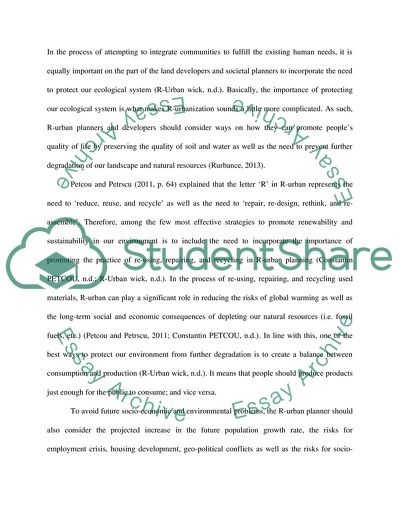Cite this document
(R-Urban Development Approach: Responding to Efficiency and Sustainability Research Proposal Example | Topics and Well Written Essays - 1750 words - 1, n.d.)
R-Urban Development Approach: Responding to Efficiency and Sustainability Research Proposal Example | Topics and Well Written Essays - 1750 words - 1. https://studentshare.org/technology/1845635-r-urban-responding-to-efficiency-and-sustainability
R-Urban Development Approach: Responding to Efficiency and Sustainability Research Proposal Example | Topics and Well Written Essays - 1750 words - 1. https://studentshare.org/technology/1845635-r-urban-responding-to-efficiency-and-sustainability
(R-Urban Development Approach: Responding to Efficiency and Sustainability Research Proposal Example | Topics and Well Written Essays - 1750 Words - 1)
R-Urban Development Approach: Responding to Efficiency and Sustainability Research Proposal Example | Topics and Well Written Essays - 1750 Words - 1. https://studentshare.org/technology/1845635-r-urban-responding-to-efficiency-and-sustainability.
R-Urban Development Approach: Responding to Efficiency and Sustainability Research Proposal Example | Topics and Well Written Essays - 1750 Words - 1. https://studentshare.org/technology/1845635-r-urban-responding-to-efficiency-and-sustainability.
“R-Urban Development Approach: Responding to Efficiency and Sustainability Research Proposal Example | Topics and Well Written Essays - 1750 Words - 1”. https://studentshare.org/technology/1845635-r-urban-responding-to-efficiency-and-sustainability.


